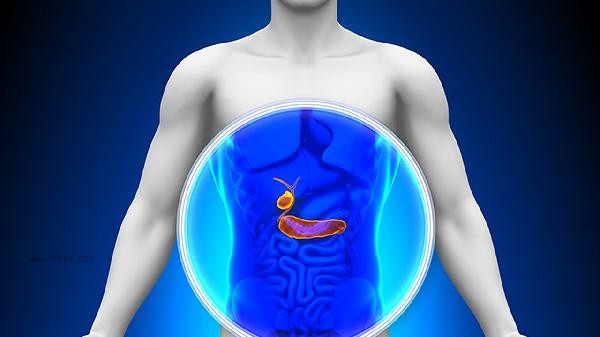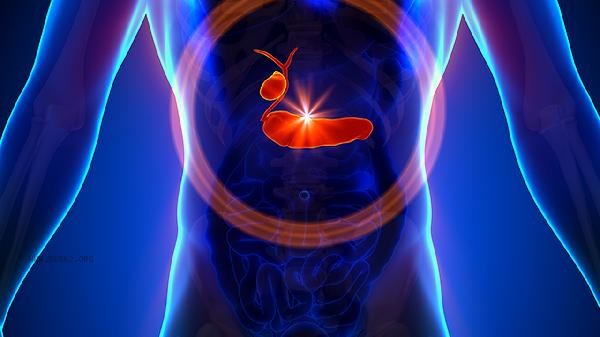Elevated total bile acids are commonly seen in pathological conditions such as liver disease, biliary obstruction, and intrahepatic cholestasis during pregnancy, mainly reflecting abnormal liver and biliary system function. Common causes of elevated total bile acids include hepatitis, gallstones, cirrhosis, drug-induced liver injury, and gestational cholestasis.

1. Hepatitis:
Viral hepatitis, such as hepatitis B, hepatitis C, or alcoholic hepatitis, can cause hepatocyte damage and affect bile acid metabolism and excretion. Patients may experience symptoms such as fatigue, decreased appetite, jaundice, etc. In addition to elevated bile acids in blood tests, transaminase abnormalities are often accompanied. Treatment requires targeted interventions such as antiviral therapy and alcohol withdrawal, combined with liver protective drugs such as glycyrrhizic acid preparations and silymarin.
2. Biliary obstruction:
Common bile duct stones, tumor compression, etc. cause obstruction of bile excretion, leading to the reflux of bile acids into the bloodstream. The typical symptoms are skin itching, clay colored stool, and jaundice, and imaging examination can reveal bile duct dilation. Relieving obstruction is crucial, and endoscopic stone removal or surgical resection of tumors are commonly used methods. Bile drainage may be necessary if necessary.
3. Cirrhosis:

Late stage liver fibrosis leads to changes in intrahepatic blood flow and disorders in bile acid metabolism and circulation. Patients often have signs such as ascites and liver palms, and laboratory tests show decreased albumin and abnormal coagulation function. The treatment mainly focuses on delaying the progression of the disease, including anti fibrotic drugs, management of portal hypertension, and liver transplantation should be considered in the final stage.
4. Drug induced liver injury:
Antibiotics, antipyretic analgesics, and other hepatotoxic drugs can damage the structure of liver cell membranes and interfere with bile acid transport. It is often manifested as nausea and upper right abdominal pain after medication, and the indicators can often recover after discontinuation of the medication. Clinical treatment requires immediate discontinuation of suspected drugs and the use of antidotes such as acetylcysteine if necessary.
5. Cholestasis during pregnancy:
Hormonal changes in the middle and late stages of pregnancy lead to bile excretion disorders, characterized by skin itching and elevated bile acids, which self resolve after delivery. Severe cases can cause fetal distress and require close monitoring. Ursodeoxycholic acid may be used if necessary to improve symptoms and terminate pregnancy prematurely.

It is found that an increase in total bile acids should be diagnosed through liver function, hepatobiliary ultrasound, and other examinations to determine the cause. It is necessary to avoid high-fat diet that increases the burden on the liver in daily life, and limit the intake of animal organs and fried foods; Moderate supplementation of vitamin K improves coagulation function; Regular sleep schedule to avoid staying up late; Pregnant patients require weekly fetal heart rate monitoring. If accompanied by persistent jaundice, abdominal pain, or coagulation abnormalities, immediate medical attention should be sought to diagnose emergencies such as biliary obstruction.








Comments (0)
Leave a Comment
No comments yet
Be the first to share your thoughts!